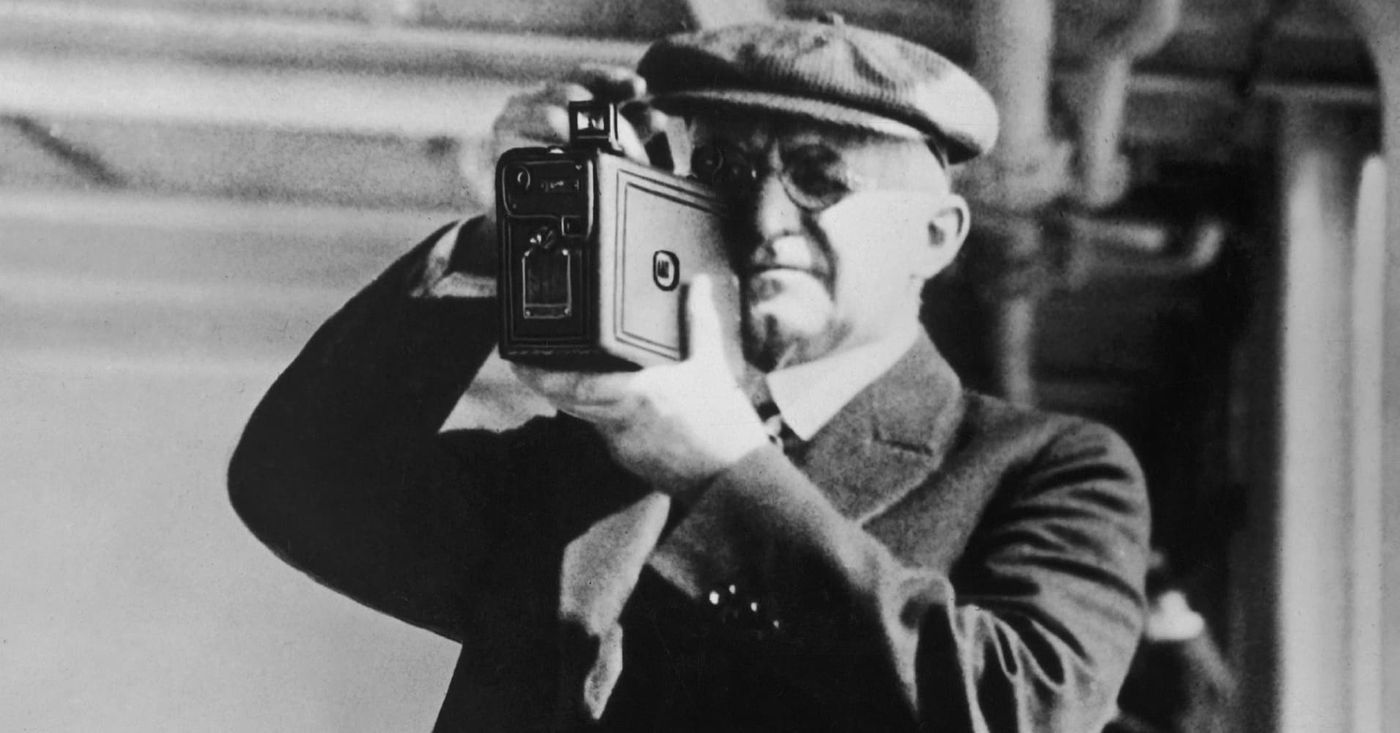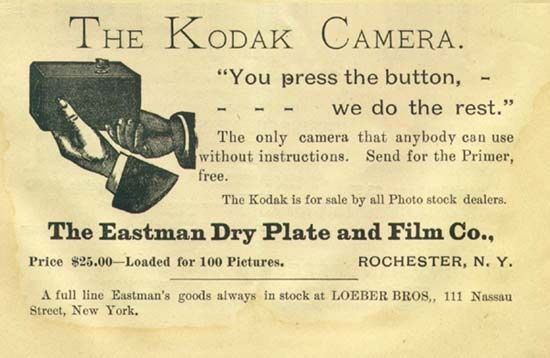
從物理到電機工程再轉到資訊傳播,最後落腳在社會學。衣櫃拿來當書櫃擺的人。我常在媒介生態學、行為經濟學、社會學、心理學、哲學游移;期盼有天無產階級可以推倒資本主義的高牆的兼職家教。
📝📝Realistic Rebellion Ep. 3|The Formation of the Negative Film
At the end of the nineteenth century in the development of the image, George Eastman brought a groundbreaking change to photography. From the tin plate used in the early solar etching method, through Daguerre's improved daguerreotype, and finally through the collodion to a thinner and portable carrier, the glass plate. Eastman once again made the image carrier lighter, thinner and shorter. He pioneered the use of "celluloid" plastic film as the imaging medium.
In 1878, Eastman successfully invented dry film, which greatly improved the past "wet" photography era, so that the imaging carrier does not need to be immersed in chemicals before photography to be exposed; this is because the photosensitive component of the image uses gelatin Emulsion ( gelatin ) emulsion ) , which contains tiny photosensitive silver halide crystals. If this film is exposed to light, the emulsion will gradually darken, but the process is too slow and incomplete to serve any practical purpose. Conversely, a very short exposure through the camera lens produces only a very slight chemical change, a process proportional to the amount of light absorbed by each silver halide crystal, creating a latent image in the emulsion that is invisible to the human eye. , which can be chemically developed into visible photographs.

Celluloid is a plastic film. Compared with the previous generations of image carriers, Eastman's improved photographic film has gained a lot of flexibility in use, and the image carrier also has the ability to bend. To facilitate photography, Eastman rolled 10 to 12 celluloid films into a small bundle and named it " film " . In 1886, Eastman successfully developed a roll-type photosensitive film, namely "Eastman film "; It was the first portable camera designed to use film. Eastman applied for a patent for this " Box Camera", which was issued to Eastman by the US Patent Office in September 1888.

Interestingly, though, the film holder was not actually invented by Eastman. The first inventor was Peter Houston, a farmer from Wisconsin (Cambria, Wisconsin) . As a farmer, Houston is a generation ahead of his generation; Houston is actively improving the equipment at home to make it easier to get started. He once designed a harvester "Header" to harvest wheat ears, but Houston has always been dissatisfied with the implements in his hands and insisted on continuing to improve the farm's machinery.
In the end, Houston has equipment that allows him to harvest, husk, and grind wheat in a single day. In 1881, Houston developed and patented a holder for soft photographic film, and in the same year licensed the holder to the camera developed by Eastman, the Kodak camera in US Patent No. 388,850. After that, Houston continued to develop photography-related equipment, and between 1881 and 1902 he created a staggering 21 patents for cameras or camera parts. In 1912, his estate transferred its remaining patents to Eastman. With the impassioned and unstinting enthusiasm of the super crazy farmer Houston, Eastman has a lot of assistance on the way of photography.

In light of the commercialization of Kodak cameras, Eastman's advertising slogan " You press the button, we do the rest " quickly became popular in the market.

Like my work?
Don't forget to support or like, so I know you are with me..
Comment…